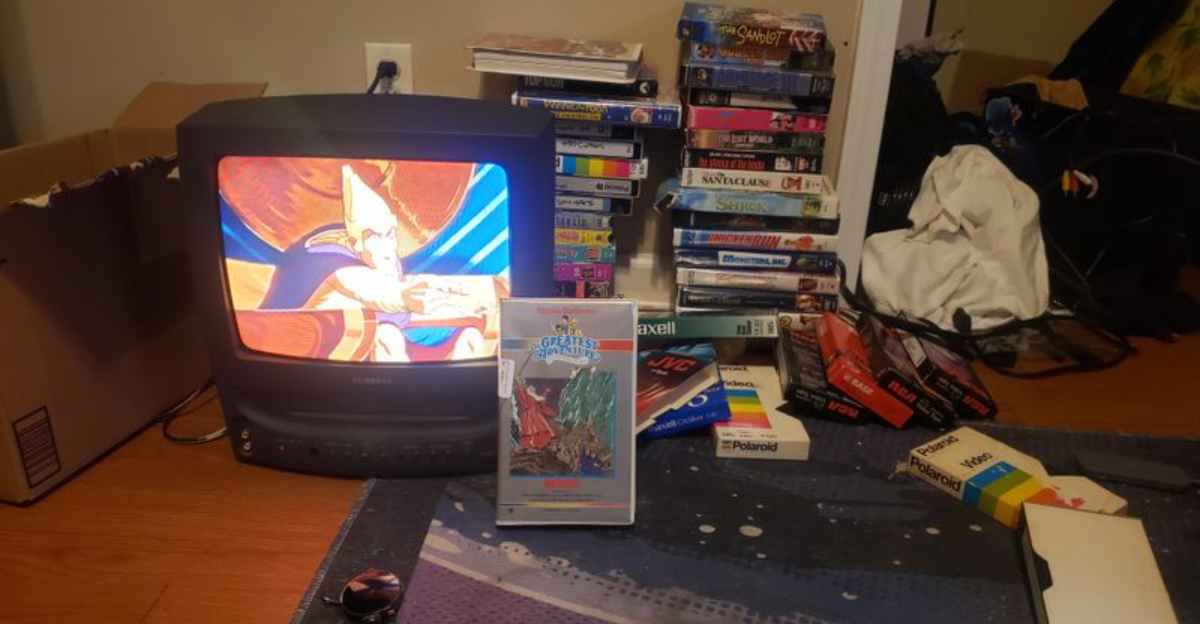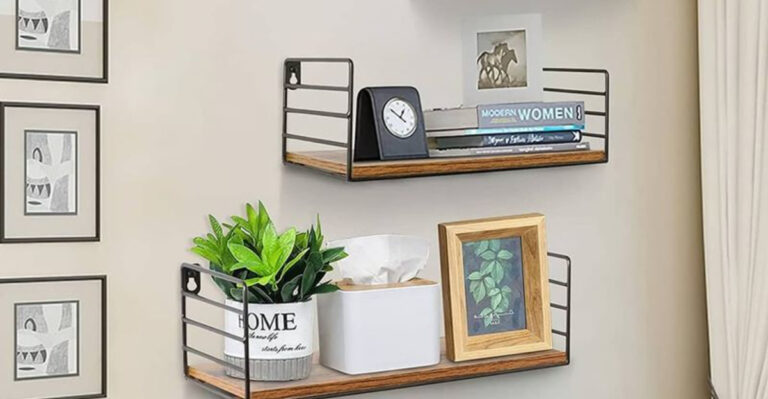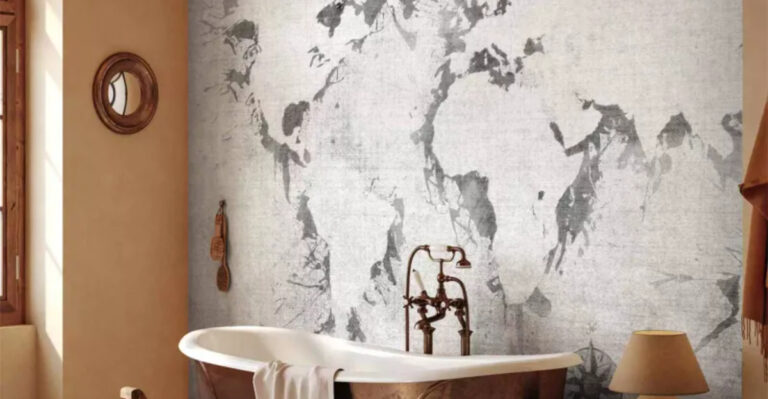Boomers Used To Love These 16 Now Worthless Items (Plus 5 Things That Are Still Valued)
I grew up surrounded by the classics, giant VCRs, wood-paneled TVs, and those glass-front china cabinets filled with dishes no one was ever allowed to touch.
Back then, it all felt like clutter, and I remember thinking, Why do we even keep this stuff? Fast forward to now, and suddenly I’m spotting those same items at vintage shops, and they’re actually cool again.
It’s wild how things we once rolled our eyes at are getting a stylish second chance. Turns out, some of that old-school charm still has a place in today’s homes… just with a bit of a modern twist.
1. Plastic Couch Covers
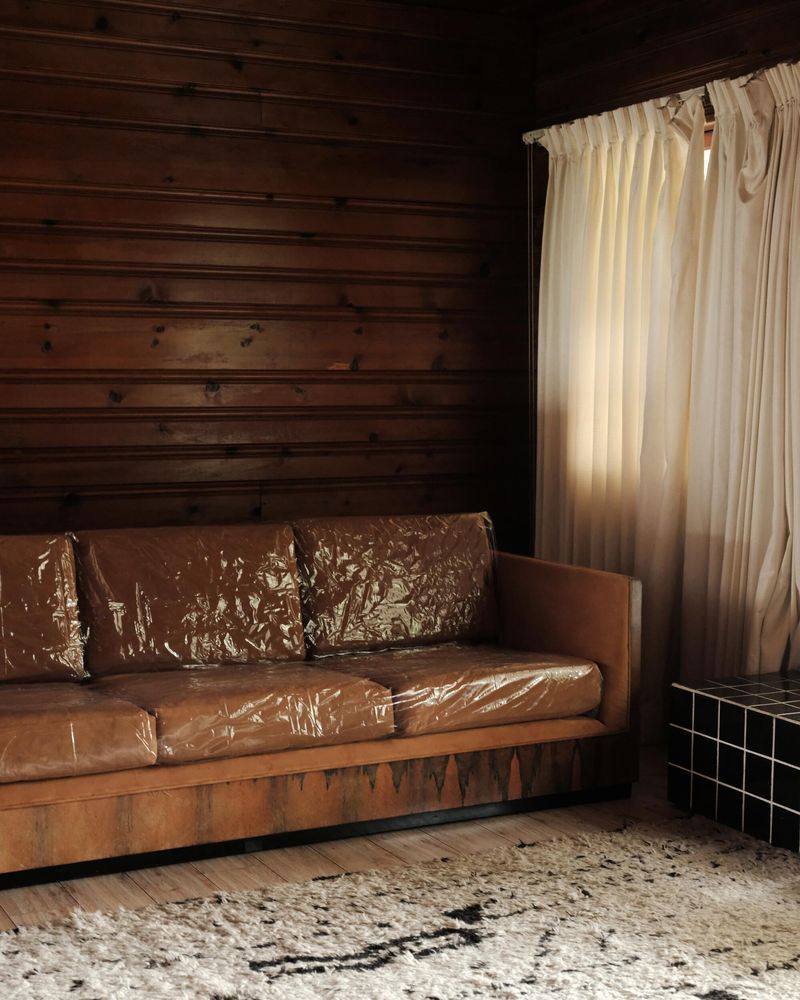
Boomers loved protecting their floral-patterned sofas from spills and pet hair with clear plastic covers that made sitting down sound like opening a bag of chips.
These transparent torture devices preserved upholstery but destroyed comfort for generations of children forced to perch carefully during family gatherings.
Though intended to keep furniture looking new for decades, these crinkly covers ultimately became symbols of homes where appearance trumped actual livability. Most ended up yellowed and cracked anyway, defeating their own purpose!
2. Mounted Singing Fish
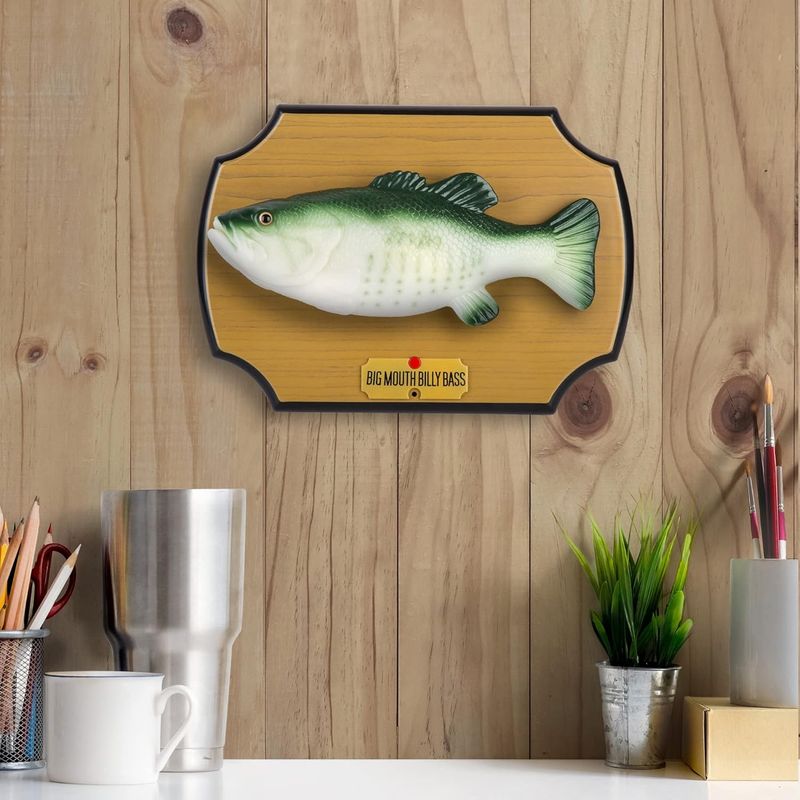
Nothing screamed “dad humor” in the 1990s quite like Big Mouth Billy Bass! These motion-activated plastic fish mounted on wooden plaques would suddenly spring to life when someone walked by.
Families spent good money on these novelty items that quickly went from hilarious to annoying after the fifth unexpected serenade. Guests would jump in surprise while hosts beamed with pride at their quirky wall decoration.
Eventually, most Billy Bass fish ended up in basements or garage sales, batteries mercifully removed. Though briefly a cultural phenomenon, these singing fish ultimately became the perfect symbol of disposable novelty home decor.
3. Encyclopedias Gathering Dust
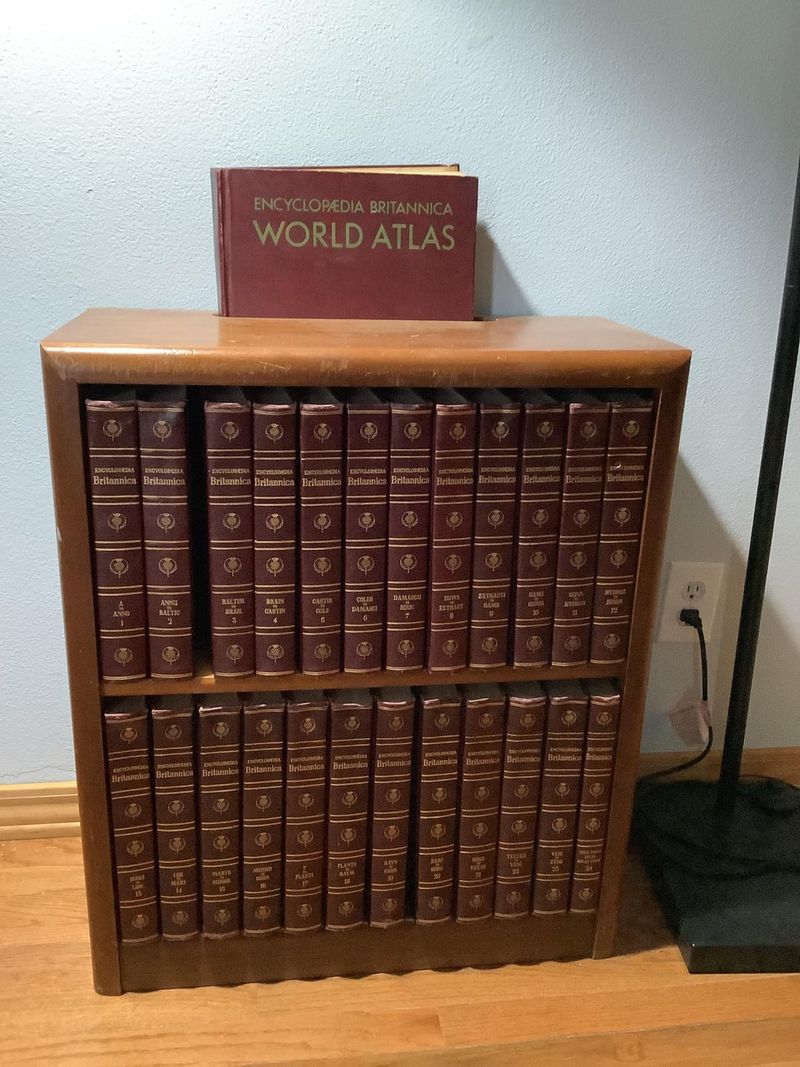
Those massive encyclopedia sets once symbolized knowledge and status in Boomer living rooms. Families spent thousands on these multi-volume collections, proudly displaying them on special bookshelves.
Google has rendered these paper dinosaurs obsolete. You can find entire sets at thrift stores for pennies on the dollar, or worse, in dumpsters when no one wants them at estate sales.
The information inside is outdated anyway, with some volumes still claiming Pluto is a planet and listing countries that no longer exist.
4. Hummel Figurines
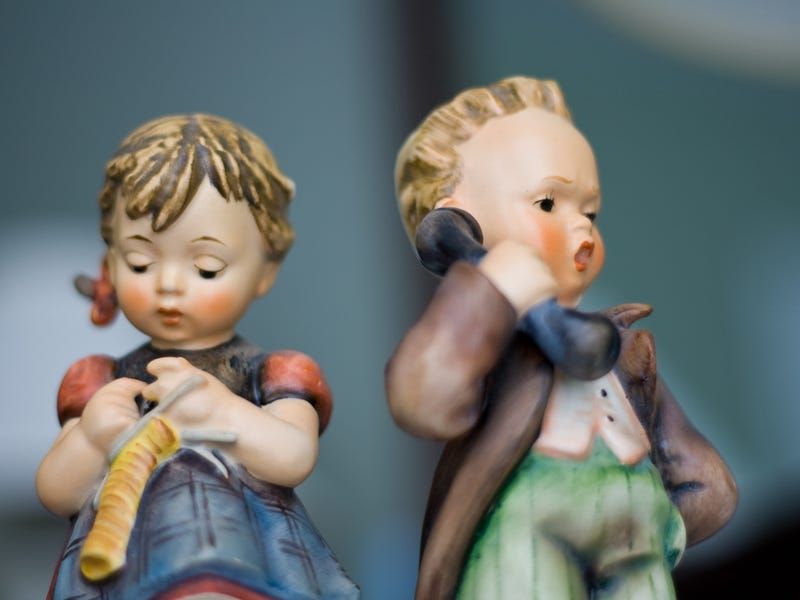
Once upon a time, these porcelain children figurines were the crown jewels of curio cabinets across America. Boomers collected them religiously, believing they’d increase in value like fine wine.
Surprise! The market for these cutesy German-made collectibles has collapsed. Younger generations find them creepy rather than cute.
What cost hundreds now sells for $10-$20 at most resale shops, with many collectors unable to give away entire collections when downsizing.
5. China Cabinet Full Of Fancy Dishes
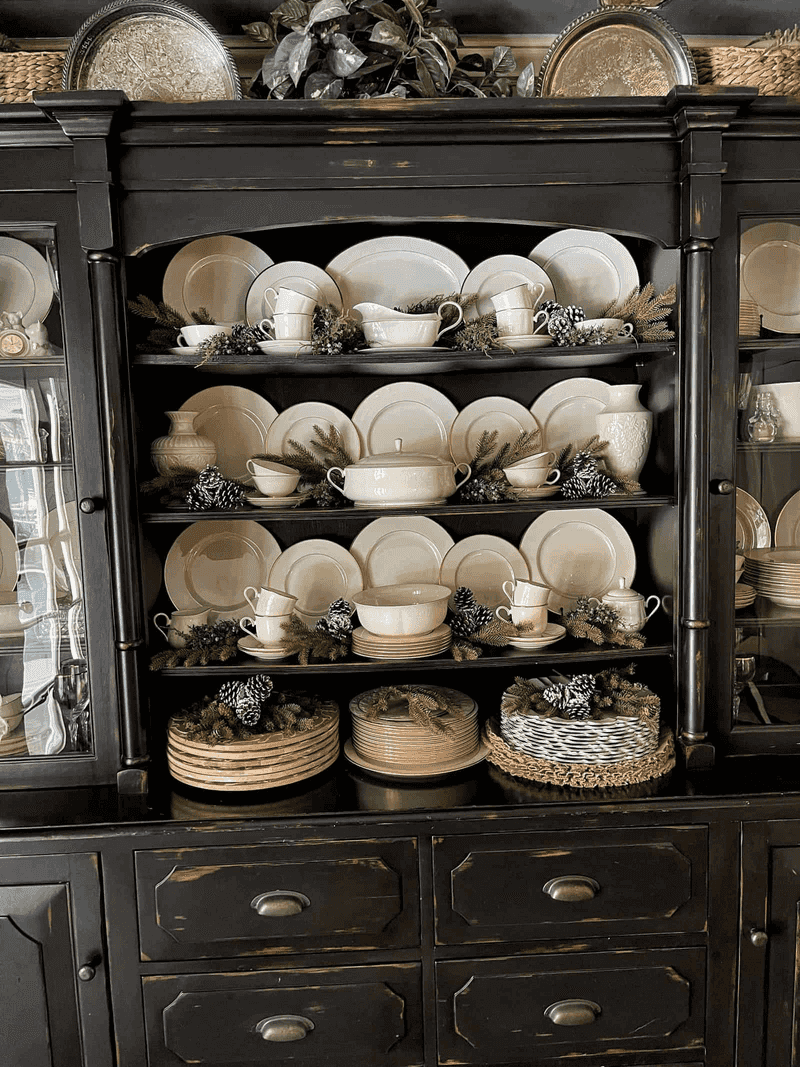
Almost every Boomer home featured that imposing wooden cabinet filled with never-used fine china. These dish sets were wedding gifts or family heirlooms, brought out maybe once a year for holiday dinners.
Modern homes lack space for bulky furniture holding rarely-used items. Millennials and Gen Z prefer casual, dishwasher-safe dinnerware that doesn’t require special care.
Complete sets of fine china now sell for a fraction of their original price, with many patterns discontinued and companies like Lenox filing for bankruptcy.
6. VHS Tape Collections
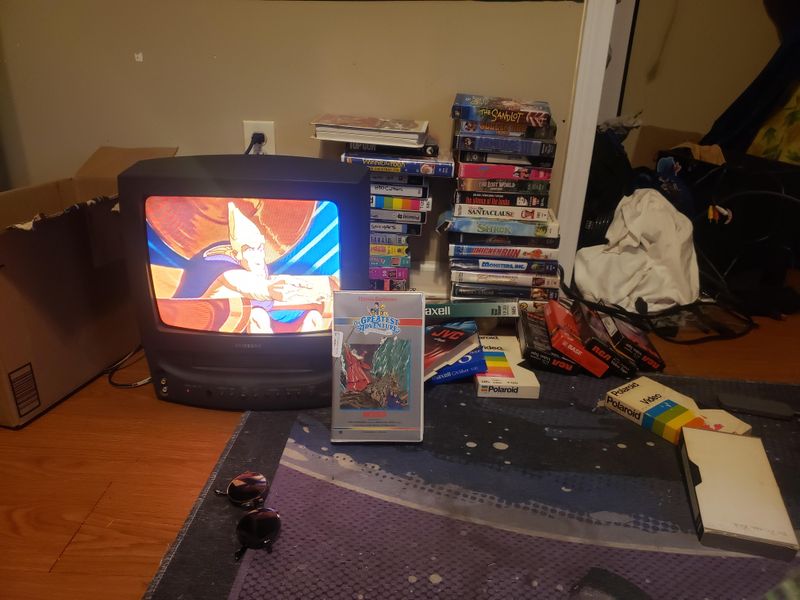
Remember when building a movie library meant rows of plastic VHS tapes? Boomers invested thousands in these bulky rectangles, carefully organizing them in special cabinets.
Those tapes are now virtually worthless, except for a few rare titles. Most thrift stores won’t even accept donations of VHS anymore.
The magnetic tape inside degrades over time anyway, meaning that precious copy of Titanic probably has more snow on screen than the iceberg that sank the ship.
7. Commemorative Plates

Franklin Mint and Bradford Exchange made fortunes selling limited edition plates to Boomers. These ceramic circles featuring everything from Elvis to Princess Diana were marketed as investments.
Turns out, items mass-produced as collectibles rarely become valuable. The secondary market for these dust collectors has completely collapsed.
What once cost $50-$100 per plate now sells for $5-$10 at best, with many going unsold even at that price point. The special plate racks designed to display them are equally worthless.
8. Magazine Hoards
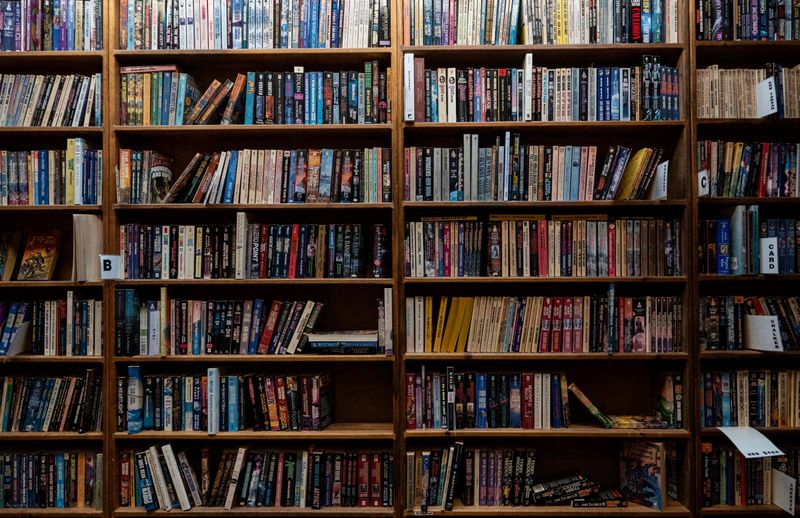
National Geographic magazines were practically sacred texts in Boomer households. Many families kept every yellow-bordered issue for decades, believing they’d be valuable someday.
Sadly, these massive collections are now worthless paper weights. Libraries and schools don’t want them, and recycling centers groan when they see someone pull up with boxes full.
The information inside is outdated, and the photos, while still stunning, are all available digitally now. Even complete collections spanning 50+ years sell for less than $100.
9. Massive Entertainment Centers
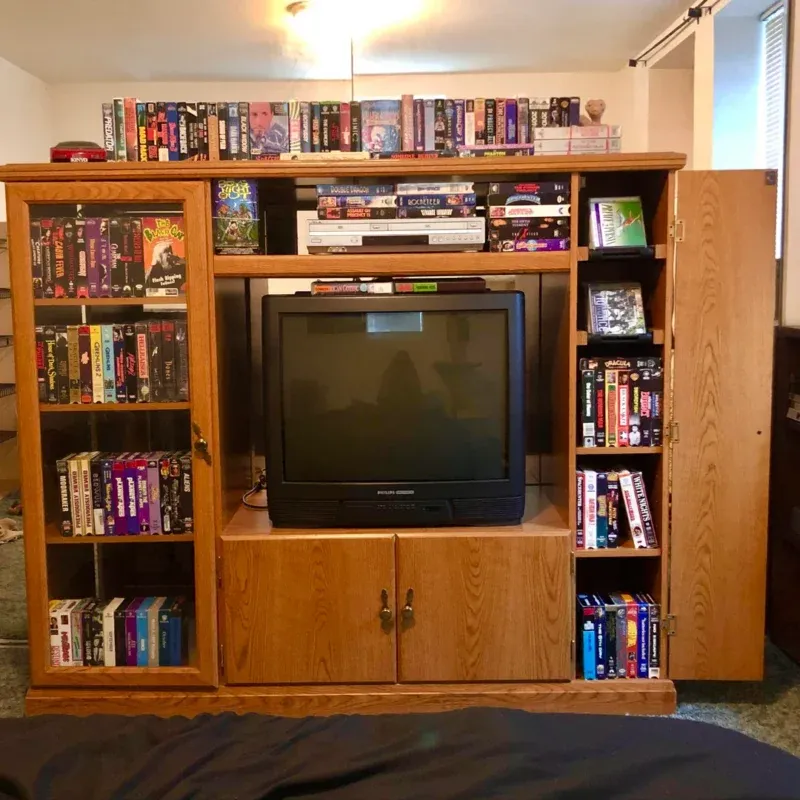
Those enormous wooden entertainment centers were the focal point of Boomer living rooms. These furniture behemoths were designed for tube TVs, VCRs, stereo systems, and display shelves for knickknacks.
Flat-screen TVs made these dinosaurs extinct almost overnight. Their deep cabinets and bulky proportions make no sense for modern electronics.
Try selling one on Facebook Marketplace and you’ll likely hear crickets, as younger generations prefer wall-mounted TVs and streamlined media consoles that don’t dominate the entire room.
10. Precious Moments Figurines
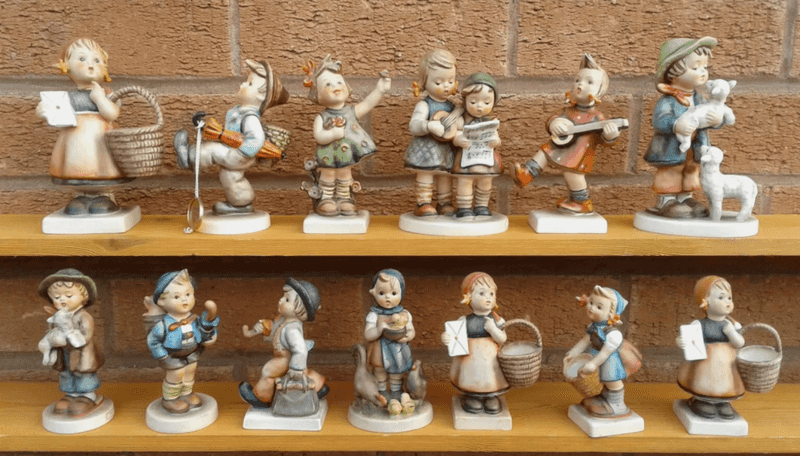
Those teardrop-eyed porcelain children once ruled gift shops and Boomer curio cabinets. Collectors spent thousands building sets of these saccharine figurines, often given as gifts for birthdays, weddings, and holidays.
The market has absolutely tanked. What once sold for $45-$75 per figurine now goes begging at yard sales for $1-$5 each.
Millennials and Gen Z find these big-eyed figures somewhere between tacky and terrifying, making them among the hardest items to unload when Boomers downsize their collections.
11. Beanie Babies
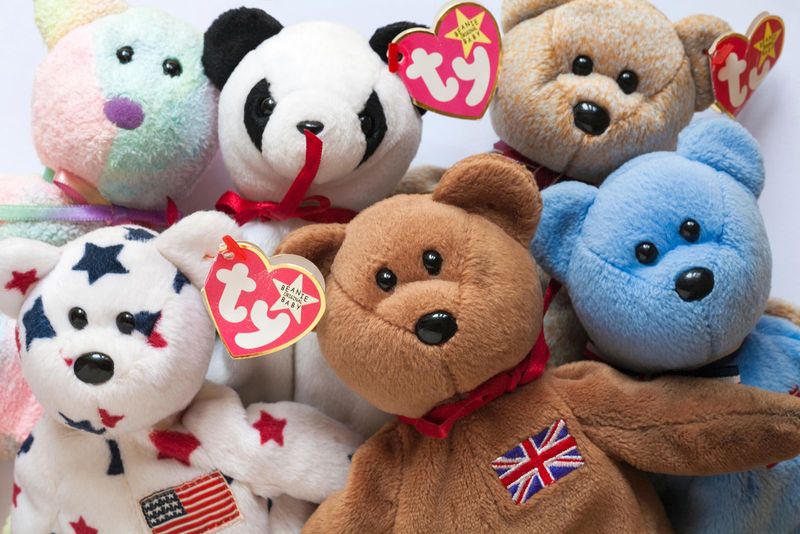
Many Boomers caught Beanie Baby fever in the 90s, hoarding these stuffed animals in plastic cases. Some even created spreadsheets tracking their “investment” and projected future values.
The bubble burst spectacularly. Those plastic-encased plush toys predicted to fund college educations now sell for a few dollars each.
A few rare specimens might fetch decent money, but that Princess Diana bear in your attic? Probably worth less than lunch at a fast food restaurant, despite what those old collector guides promised.
12. Avon Collectible Bottles
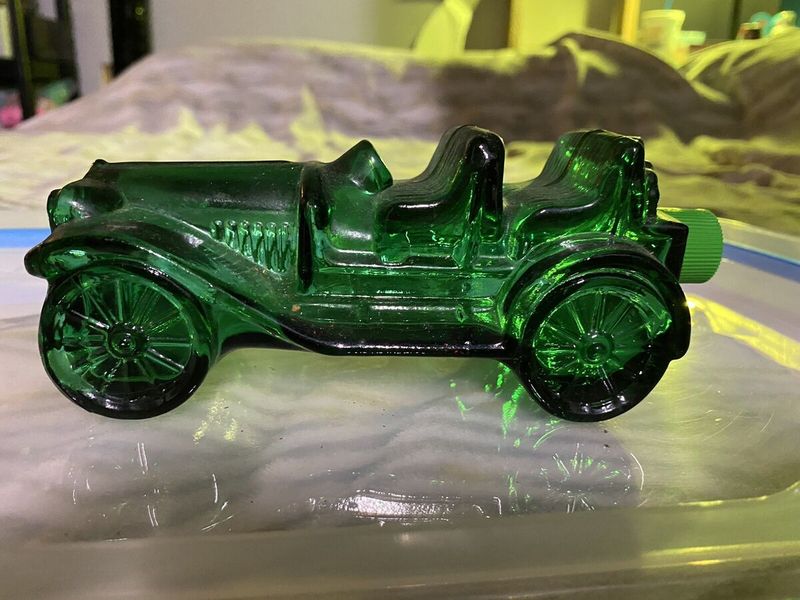
Those novelty Avon bottles shaped like cars, animals, and historical figures were once prized collectibles. Boomers displayed entire shelves of these decorative containers that originally held cologne, bubble bath, or aftershave.
The collector market for these has completely evaporated. Even antique dealers often refuse them as donations.
Most sell for $1-$5 regardless of age or condition, with many going unsold even at that price. The contents have usually dried up or gone bad, leaving just empty decorative bottles nobody wants.
13. Fax Machines
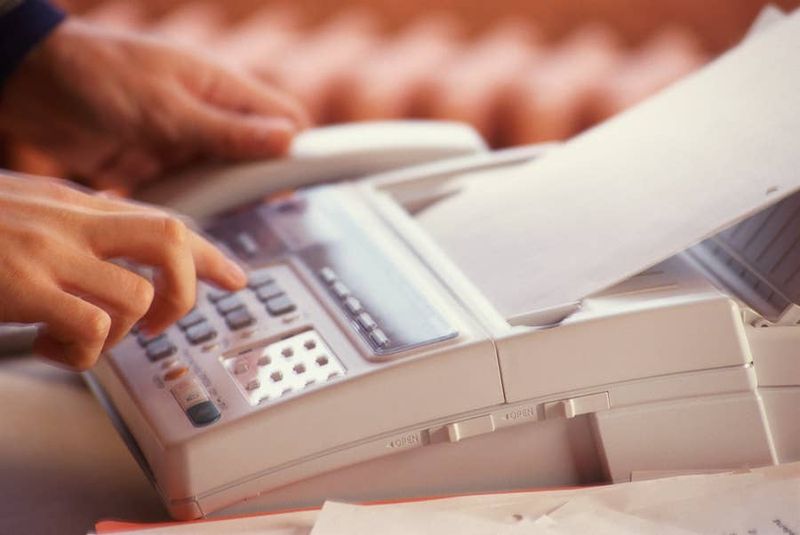
Once the height of home office technology, fax machines were status symbols for tech-savvy Boomers. These clunky devices took up significant desk space and required dedicated phone lines.
Email and digital document sharing have made faxing nearly obsolete. Most businesses have abandoned fax numbers entirely.
You’d be hard-pressed to give away a working fax machine today, let alone sell one. They’re essentially electronic paperweights that younger generations wouldn’t even recognize.
14. Landline Telephones
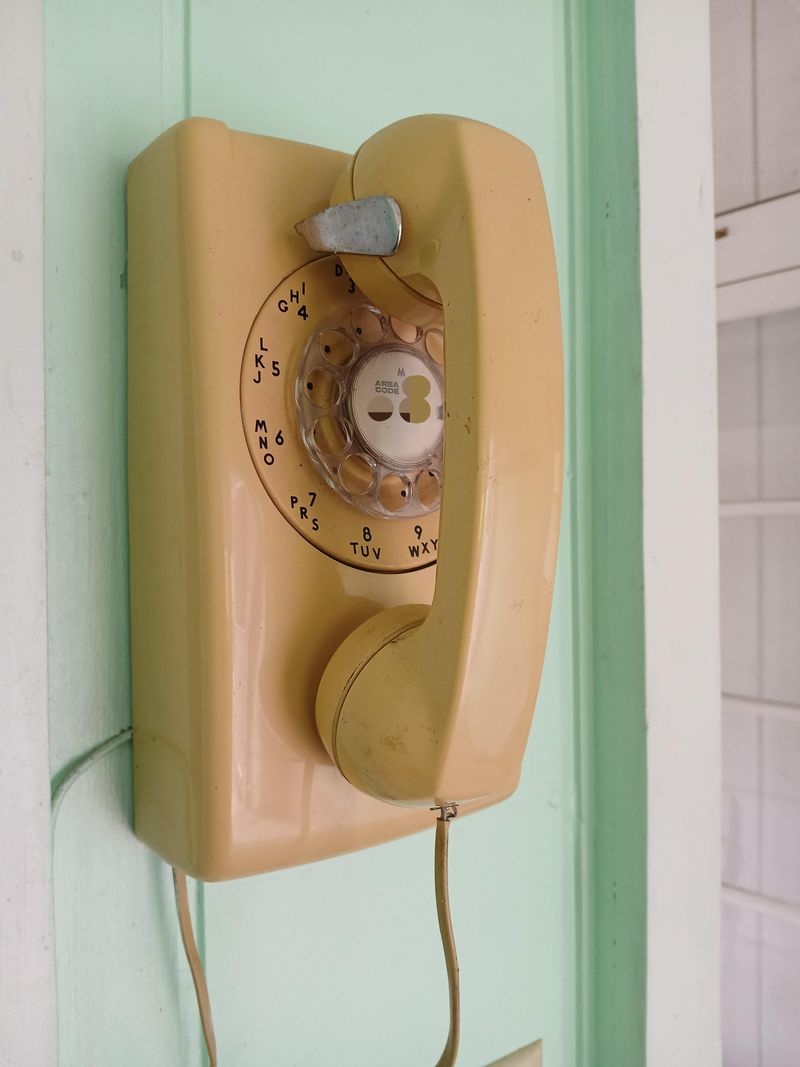
Every Boomer home had that kitchen wall phone with the curly cord stretched to its limit. Bonus points if it matched the avocado green appliances or had an extra-long cord reaching to a comfy chair.
Landlines have been abandoned by most households under 50. The equipment itself has zero resale value.
Those fancy answering machines and cordless phone sets gathering dust in closets? They’re not vintage cool like rotary phones, just outdated technology nobody wants, regardless of how much they cost originally.
15. CD And DVD Collections

Remember those spinning CD towers and massive DVD binders? Boomers invested thousands building music and movie libraries, often displaying their collections prominently in living rooms.
Streaming services have made physical media nearly obsolete. Entire CD collections sell for mere dollars at yard sales.
Even complete DVD box sets of beloved shows fetch just a fraction of their original price. Those special collector’s editions with bonus discs and booklets? Worth barely more than standard versions in today’s digital-first world.
16. Outdated Exercise Equipment
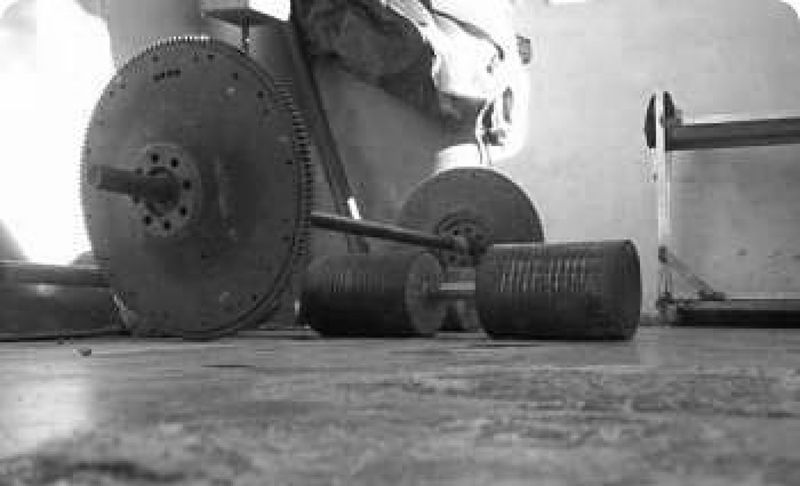
ThighMasters, ab rollers, and those massive all-in-one weight machines once dominated Boomer spare bedrooms and basements. Infomercials convinced a generation these devices would transform their bodies.
Most became expensive clothes hangers within weeks of purchase. The resale market for used exercise equipment is abysmal.
That NordicTrack gathering dust might have cost $2,000 new, but you’d be lucky to get $50 for it now. Even donating these items can be challenging as thrift stores often refuse them.
17. Record Players Coming Back
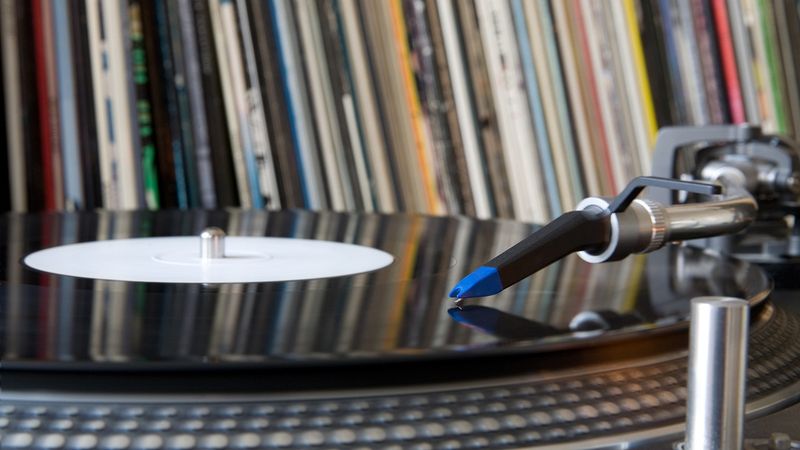
Those turntables Boomers relegated to basements are suddenly cool again. Vinyl records have made an astonishing comeback, with new releases often available in both digital and vinyl formats.
Vintage record players from brands like Marantz and Pioneer now fetch premium prices. Even newer generations appreciate the warm sound quality and tangible experience of vinyl.
The ritual of carefully placing a record on the turntable and listening to an album from start to finish offers a mindful alternative to streaming’s endless shuffle. This is one Boomer technology that refused to die.
18. Vintage Pyrex Making a Comeback
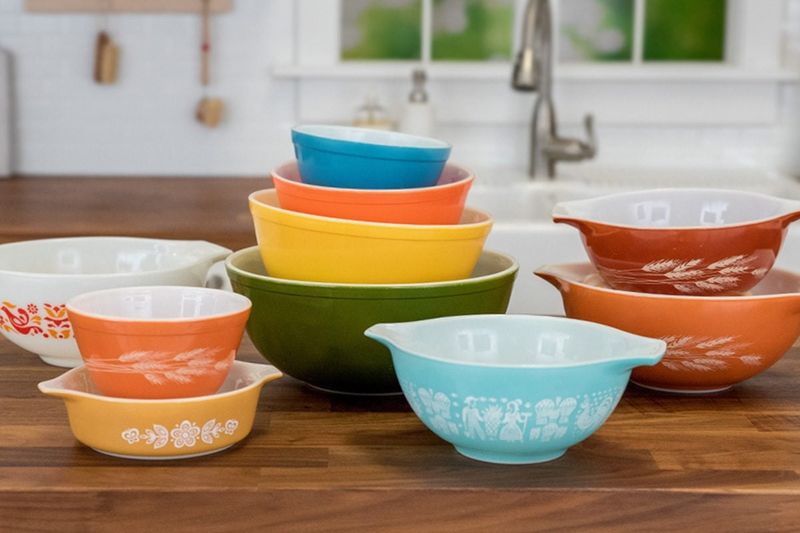
Those colorful Pyrex bowls and casserole dishes from Grandma’s kitchen are now highly sought after. Vintage patterns like Butterprint and Pink Gooseberry command premium prices from collectors.
Mid-century kitchen items have become status symbols for home cooks. The quality and durability of vintage Pyrex outperforms many modern alternatives.
What was once relegated to church potlucks now stars in Instagram-worthy kitchen displays. Some rare patterns can sell for hundreds of dollars, making those hand-me-downs from Boomer relatives unexpected treasures.
19. Houseplants Thriving Again

Boomers loved their spider plants and ferns long before houseplants became social media stars. Those macramé hangers and avocado pits sprouting in water glasses were staples of 1970s decor.
Indoor plants have made a massive comeback. Millennials and Gen Z have embraced greenery with unprecedented enthusiasm.
Rare varieties now sell for hundreds of dollars, and plant shops have replaced many traditional retail stores. Those propagation tricks Grandma taught you are suddenly valuable life skills in the new plant-parent economy.
20. Cast Iron Cookware Resurgence
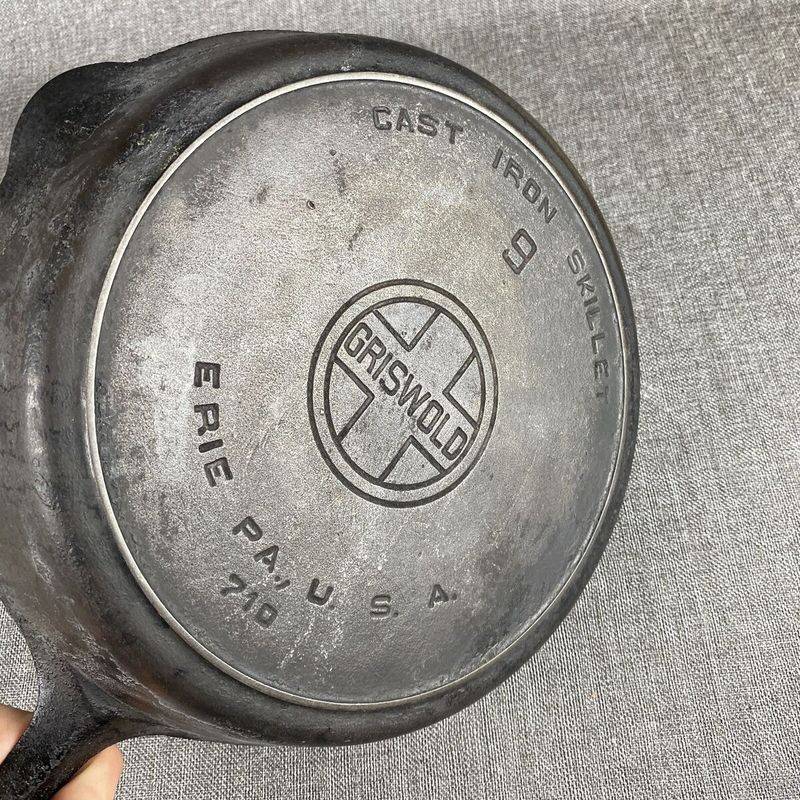
Those heavy black pans Boomers inherited from their parents are now kitchen status symbols. Well-seasoned cast iron skillets from brands like Griswold and Wagner fetch hundreds at antique shops.
Modern cooks have rediscovered the benefits of cooking with cast iron. The superior heat retention and natural non-stick properties make them preferable to cheaper modern alternatives.
Family heirlooms once relegated to basement storage are now proudly displayed in kitchens again. That rusty pan in the garage might be worth having professionally restored rather than tossed out.
21. Board Games Revival
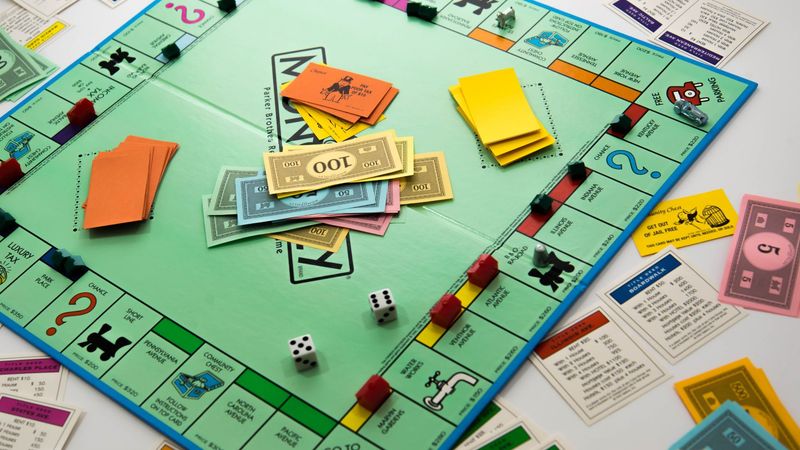
Those family game nights with Monopoly and Scrabble have made a surprising comeback. Vintage board games from Boomer childhoods are being collected and played again by younger generations.
Complete sets of classics in good condition can fetch decent prices on resale sites. The social aspect of gathering around a table has renewed appeal in our screen-dominated world.
Even as video games dominate the market, the tactile experience of moving pieces and shuffling cards offers nostalgic appeal. Those rainy-day entertainment options from the pre-internet era are cool again.

